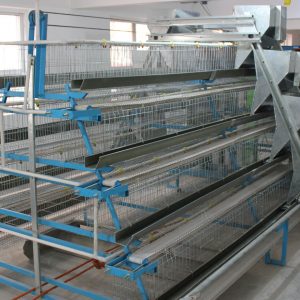After autumn, the weather gradually becomes cooler, and the egg production of free-range laying hens should also gradually increase. In order to ensure that free-range laying hens obtain higher laying performance and achieve better benefits. The editor briefly introduces how to manage free-range laying hens in autumn?
Ensure nutritional supply. After laying hens, sufficient feed should be provided to ensure that the laying hens can eat freely. Generally, free-range laying hens consume 100-120 grams of feed per day, especially after the laying is started. Otherwise, the laying hens will not have enough feed, which will affect follicular development and production. The weight loss after the egg results in a low egg production rate.
Try to feed full-price layer feed. Although corn and wheat bran are good feed ingredients, they lack protein, calcium and phosphorus. Even if free-range laying hens can obtain some minerals from the soil, they cannot meet the demand due to the low mineral content in the soil in many areas. If the laying hens are fed with a compound feed consisting of corn, wheat bran, bean cake, bone meal, salt, shells, as well as amino acids, trace elements and vitamins, sufficient nutrition for the laying hens can be ensured, which can satisfy their weight development and production. Egg demand can also avoid nutritional deficiencies, such as feather pecking and paralyzed legs. In addition, some free-range layer farmers mistakenly believe that feed is expensive and corn is cheap. In fact, the price of corn is equivalent to the price of compound feed for laying hens, and feeding corn does not reduce costs.
Guarantee light time. The laying hens were given 16 hours of light every day. According to traditional breeding experience, laying hens will lay fewer eggs after autumn, and they will not lay eggs in winter because the light time becomes shorter after the summer solstice. To ensure long-term constant laying of eggs, constant light should be ensured. It is recommended to turn on the lights at 4:30 in the morning, turn off the lights after dawn during the day, turn on the lights before dark, and turn off the lights at 8:30 in the evening; generally 1-2 watts per square meter, but pay attention to use low-power energy-saving lamps as much as possible. The houses should be evenly distributed so that people can see the characters on the ground at various positions of the chicken house clearly at a normal distance.
Do a good job of ventilation and heat preservation measures for the chicken house. The microclimate of the chicken house has a great impact on the health and productivity of the laying hens. Especially in winter, we should strengthen the improvement and create good microclimate conditions to ensure the health of the chickens, prevent diseases, and maximize their production performance.

